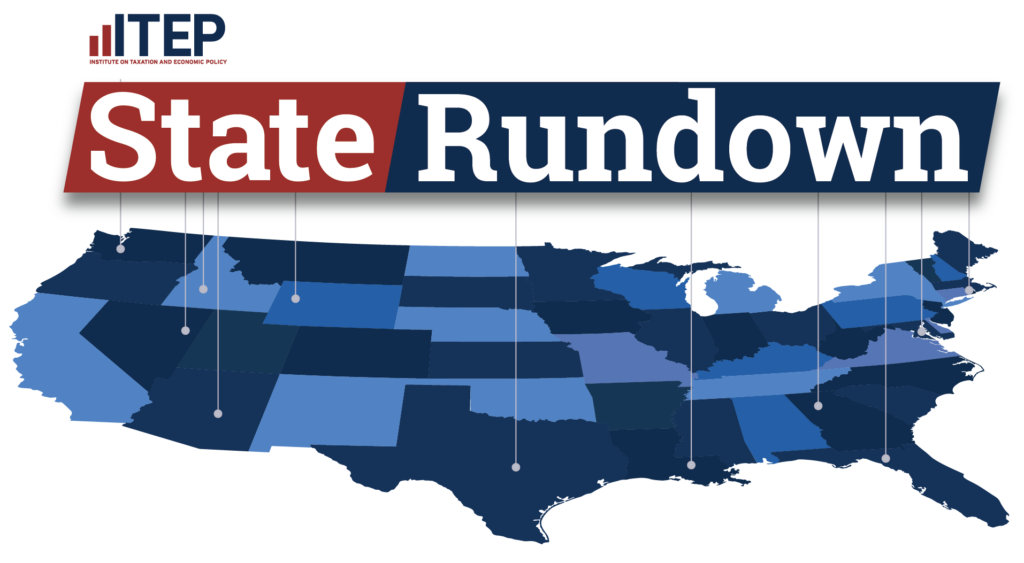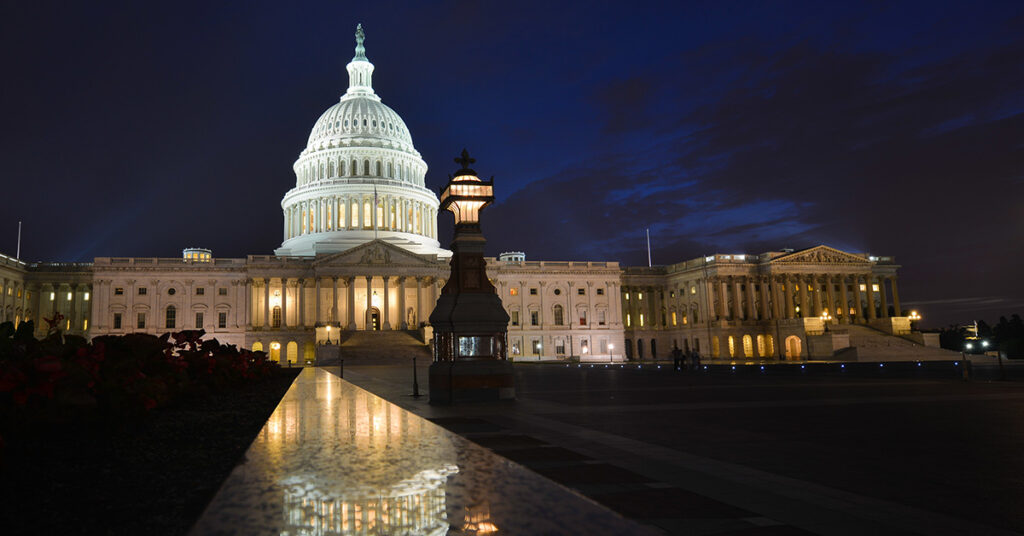Read Most Recent Version of Brief Here
Read this Policy Brief in PDF Form
Efforts to increase sales and income taxes usually face some opposition. Yet in many states, lawmakers have been able to agree on one approach to revenue-raising: the cigarette tax. In the past several years nearly every state has enacted a cigarette tax increase to help fund health care, discourage smoking, or to help balance state budgets. This policy brief looks at the advantages and disadvantages of cigarette taxes, and cigarette tax hikes, as a state and local revenue source.
A Regressive Tax
Cigarette taxes are regressive: that is, low- and middle-income taxpayers pay more of their income in these taxes, on average, than do upper-income families. These taxes are regressive in large part because the fixed amount of tax on a pack of cigarettes represents a larger share of the income of low-income smokers than of the wealthy. This regressivity is further exacerbated by the fact that low-income individuals are more likely to smoke than their upper-income neighbors. In 2009 the poorest twenty percent of non- elderly Americans spent 0.9 percent of their income, on average, on these taxes, while the wealthiest 1 percent spent less than 0.1 percent of their income on cigarette taxes. In other words, cigarette taxes are about ten times more burdensome for low-income taxpayers than for the wealthy.
A Declining Tax
Over time, cigarette tax revenues grow more slowly than do most other taxes. This is partially because these taxes are usually calculated on a per pack basis: a 25-cent-per pack tax will always yield the same amount of tax revenue for each pack. By contrast, general sales taxes are calculated as a percentage of the sales price of a taxable item. This means that when inflation drives prices up, sales tax revenues will automatically increase, but cigarette tax revenues will not.
Because cigarette taxes are calculated on a per-pack basis, a state’s cigarette tax revenues can usually only grow in two ways: as a result of an increase in the tax rate, or as the result of an increase in cigarette consumption. Yet, the total number of cigarettes consumed by Americans has declined. The U.S. Department of Agriculture estimates that Americans smoked 299 billion cigarettes in 2010—down from 456 billion in 2000. This steep decline in smoking means that unless tax rates are increased, state revenues from cigarette taxes are likely to decline in the future.
There is also some evidence that tax evasion is a growing problem for cigarette tax collections. A study by the Government Accountability Office cited estimates that states lost about $1.4 billion in tax revenue from Internet tobacco sales in 2005. The study also found that most Internet cigarette vendors do not comply with state laws requiring collection of cigarette taxes, or notify their customers of such laws. New York state alone estimates they lose $825 million annually when smokers purchase cigarettes over the internet or from Indian reservations. While federal lawmakers are taking steps to increase compliance with cigarette taxes, tax evasion remains a potential problem for states considering cigarette tax hikes.
However, cigarette taxes are also a relatively stable revenue source—the tax is less volatile than income and sales taxes over the course of the business cycle, because economic downturns do not affect cigarette consumption as much as other types of purchases. In short, cigarette taxes are a predictably declining revenue source for state governments.
No Federal Deductibility
Cigarette taxes also offer little “bang for the buck” in that state taxpayers cannot write off their cigarette taxes on their federal tax returns. This means that when state residents pay a dollar in cigarette taxes, the entire dollar comes out of their pockets. By contrast, any state resident who itemizes their federal income tax return can deduct their state income and property taxes—which means that part of these taxes is effectively paid by the federal government, and ultimately does not come out of the pockets of state residents. This “federal offset” is an often-overlooked advantage of state income taxes. See ITEP Brief “A Primer on the Federal Offset” for more information.
When Are Cigarette Tax Hikes Appropriate?
Taxes exist primarily to help pay for public services. But cigarette tax revenues grow more slowly than the cost of almost any public service that could be funded using these taxes. States that use these taxes to fund public services may be disappointed in the long run. While these taxes may bring in enough revenue to support education and health care programs for a few years, a deficit will inevitably appear unless the cigarette tax rate is raised again. When these deficits recur, the public may be less willing to increase taxes to cover the deficit.
Cigarette taxes are sometimes imposed not to raise revenue but to discourage smoking, and have been shown to be somewhat effective in this regard. But even under a cigarette tax levied at a high rate, many smokers will simply pay the higher tax and continue their habit. To the extent that these taxes encourage consumers to stop smoking, they may be a successful social policy tool and even offer some long term budgetary benefits. A smoker whose second-hand smoke affects the health of current or future Medicare recipients, for example, is necessitating higher spending on the part of the government due to her decision smoke. Moreover, if tax hikes do cause smokers to quit, states will enjoy savings in health care costs as smokers’ health improves.
Cigarette taxes can be an appropriate social policy tool, despite their regressive impact. If a state is relying on the revenue from the tax to fund programs or supplement a state budget, however, cigarette taxes are a poor choice.




